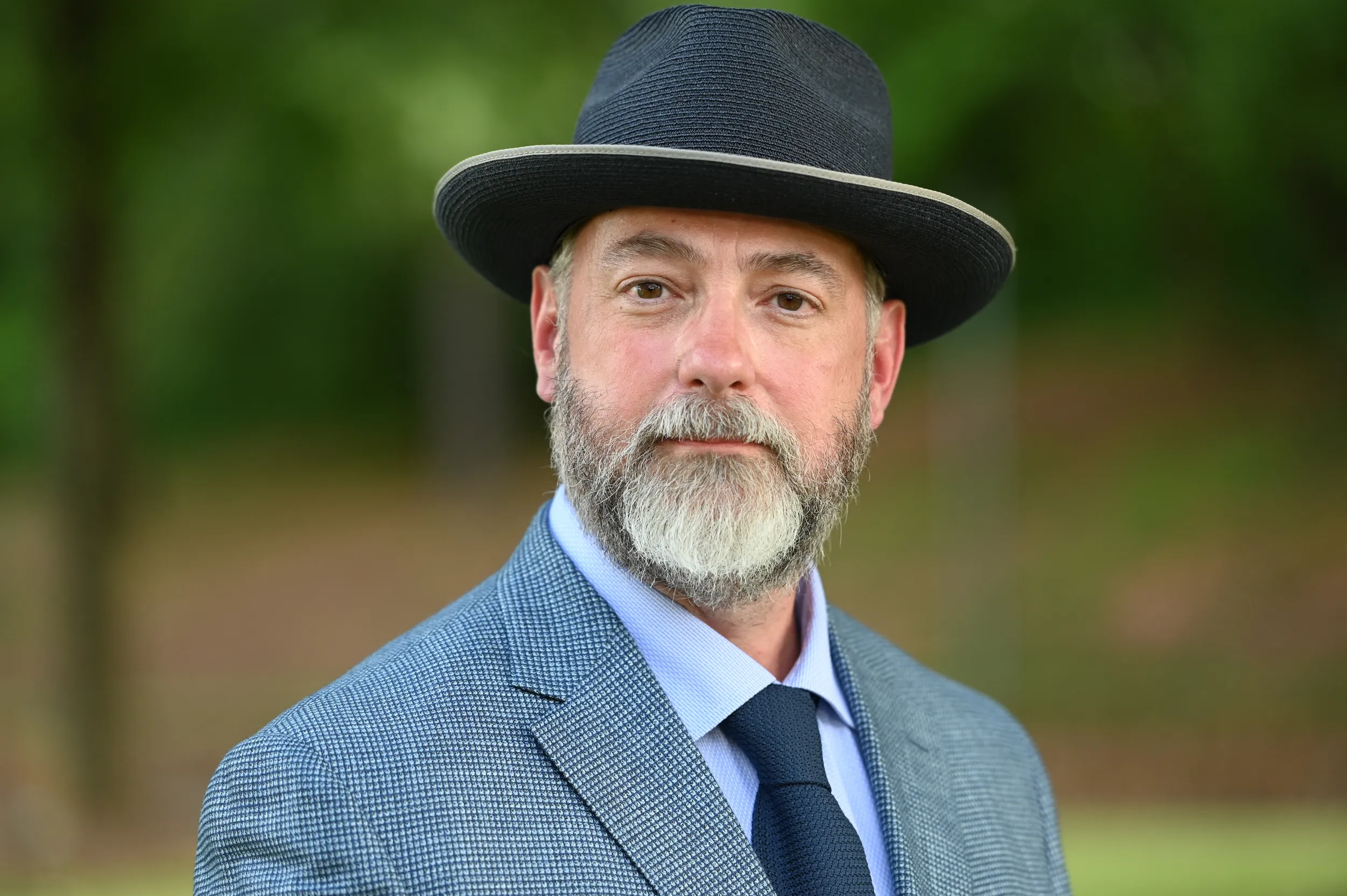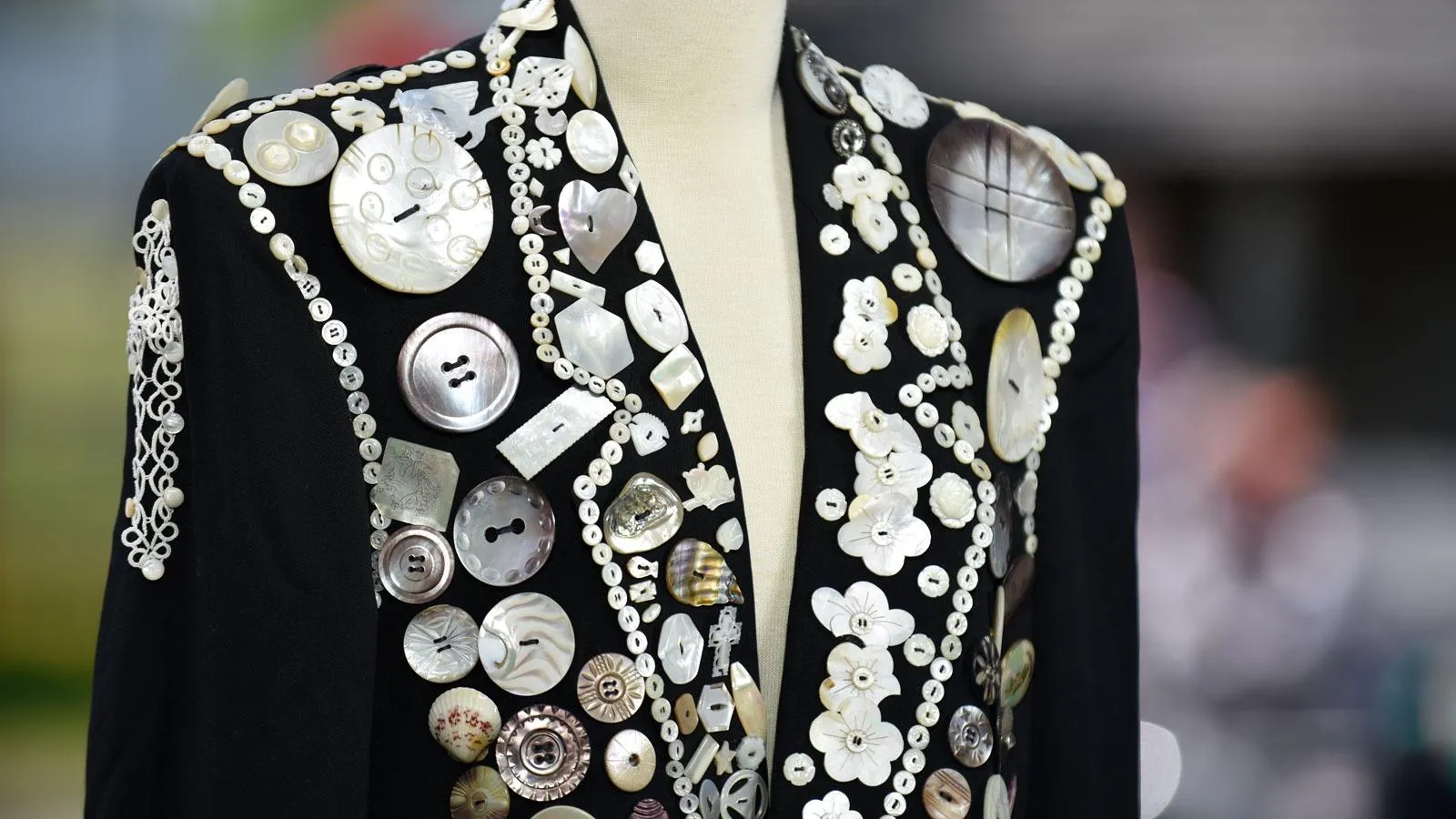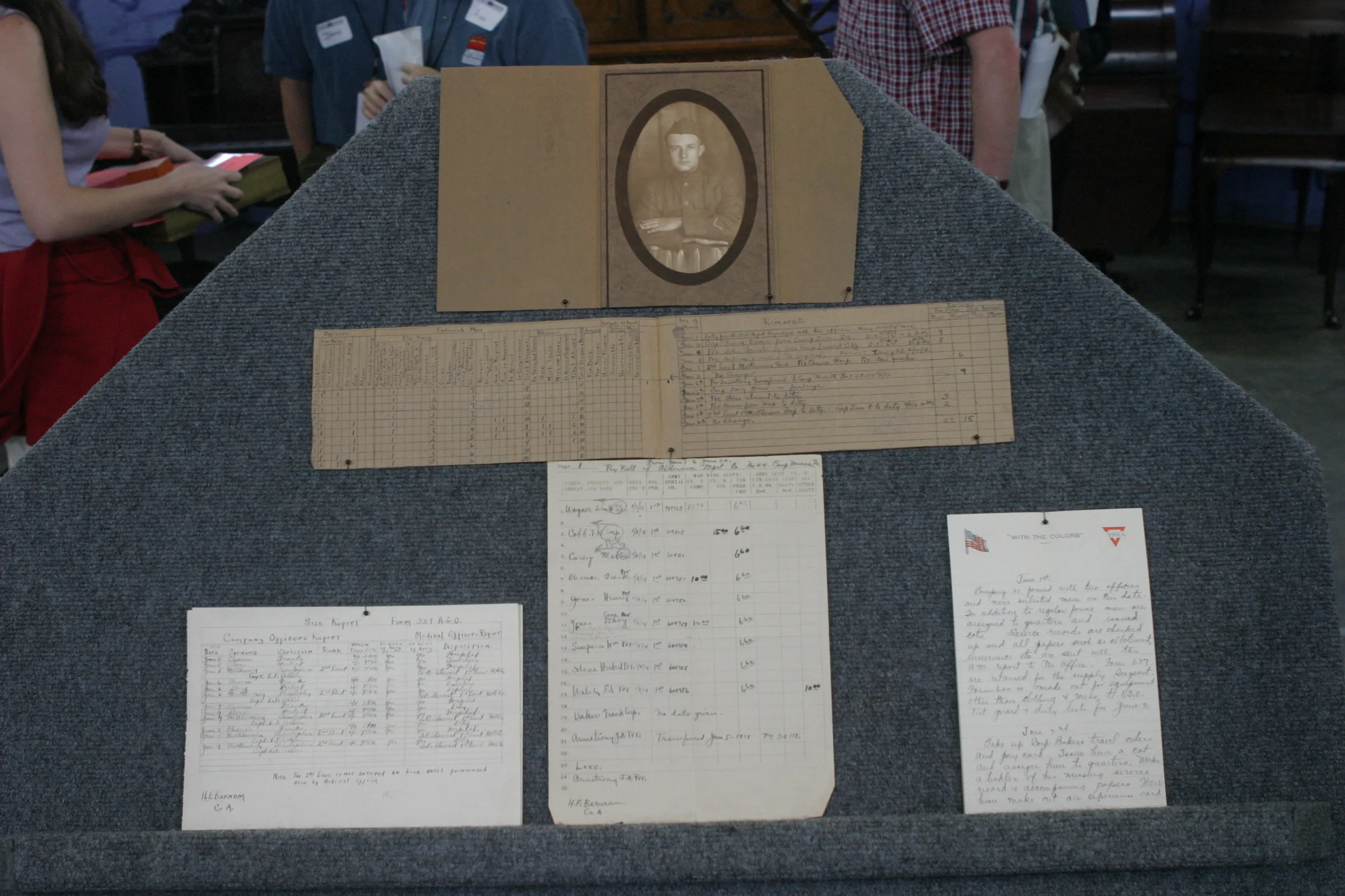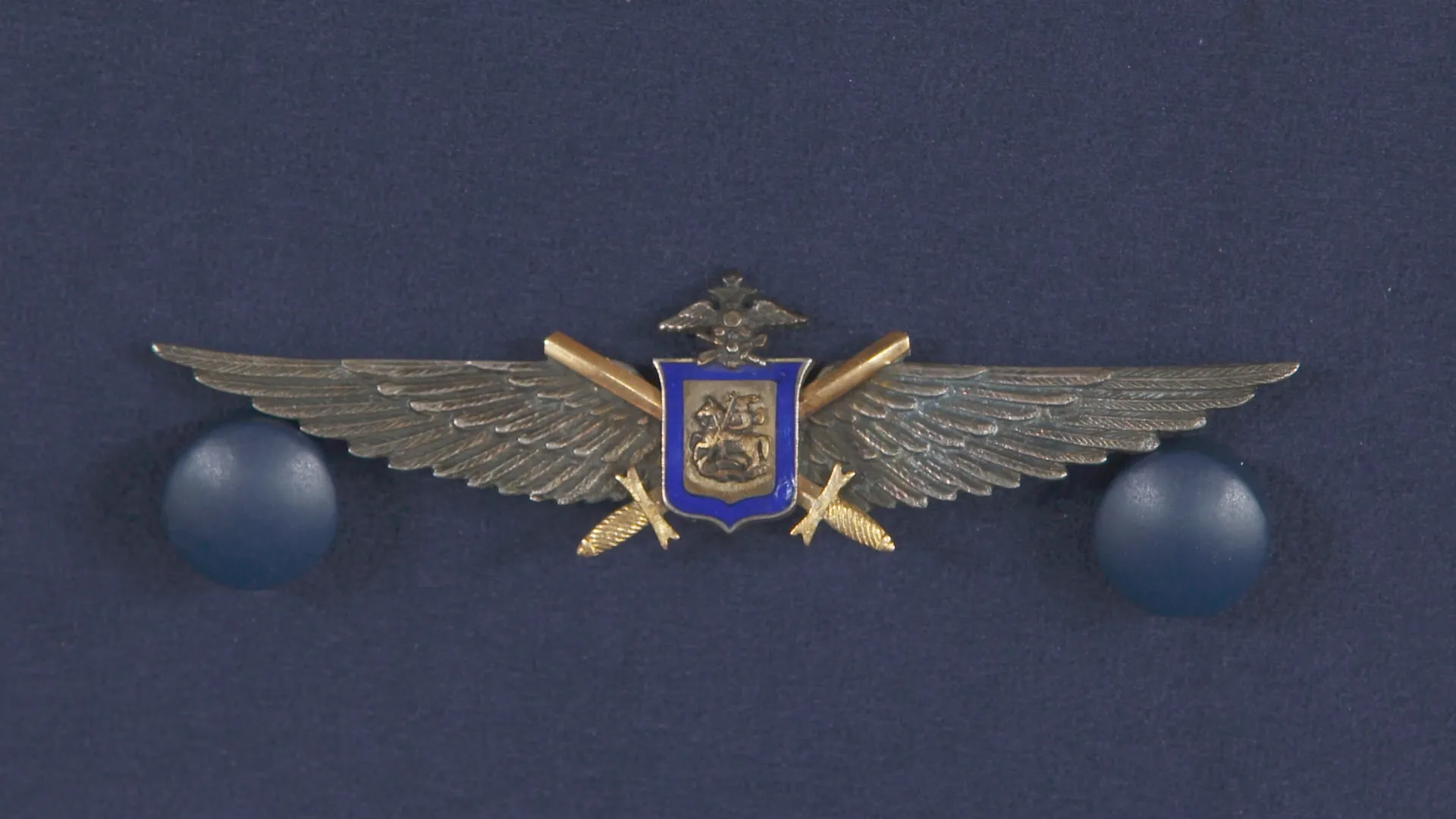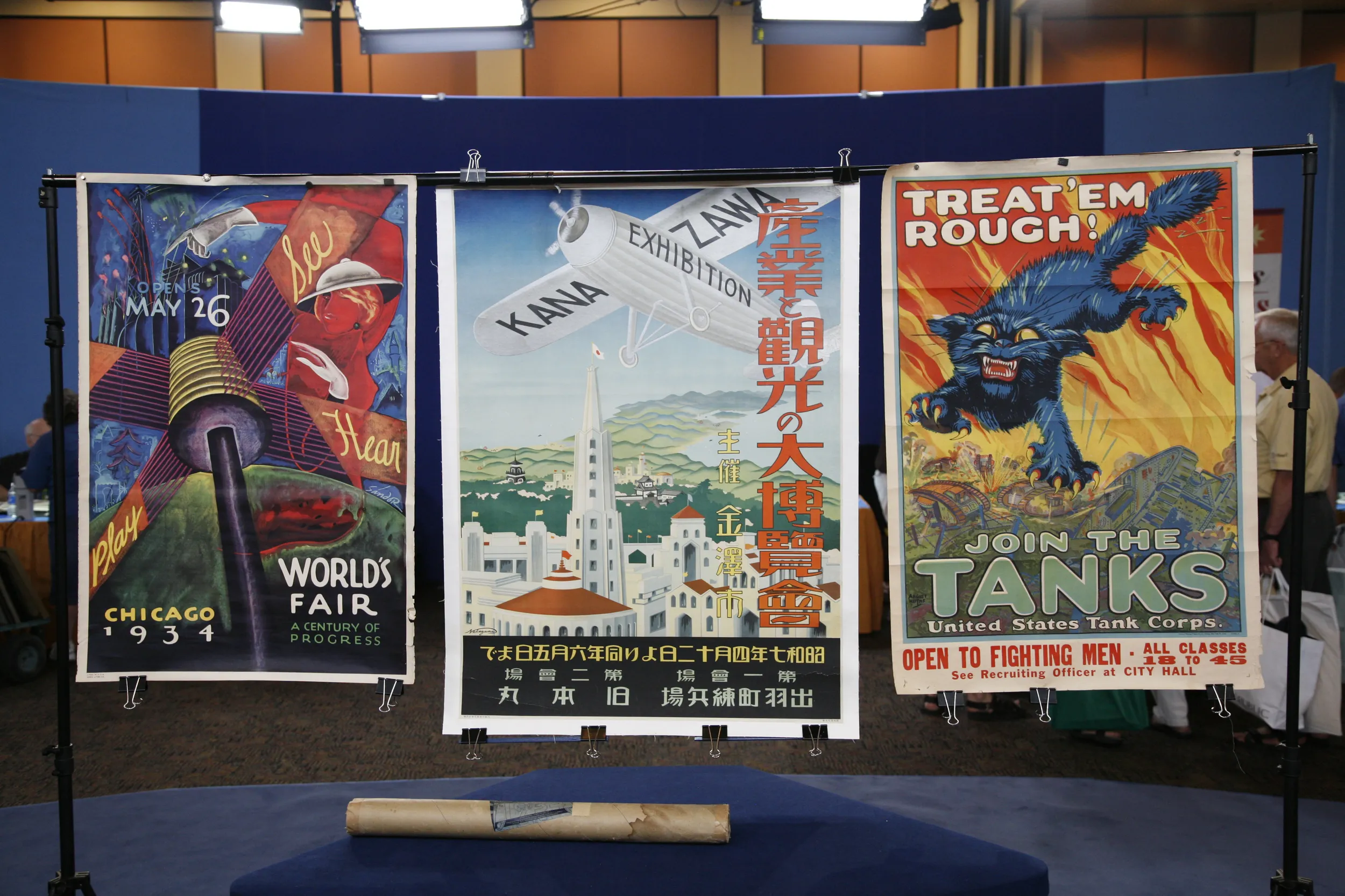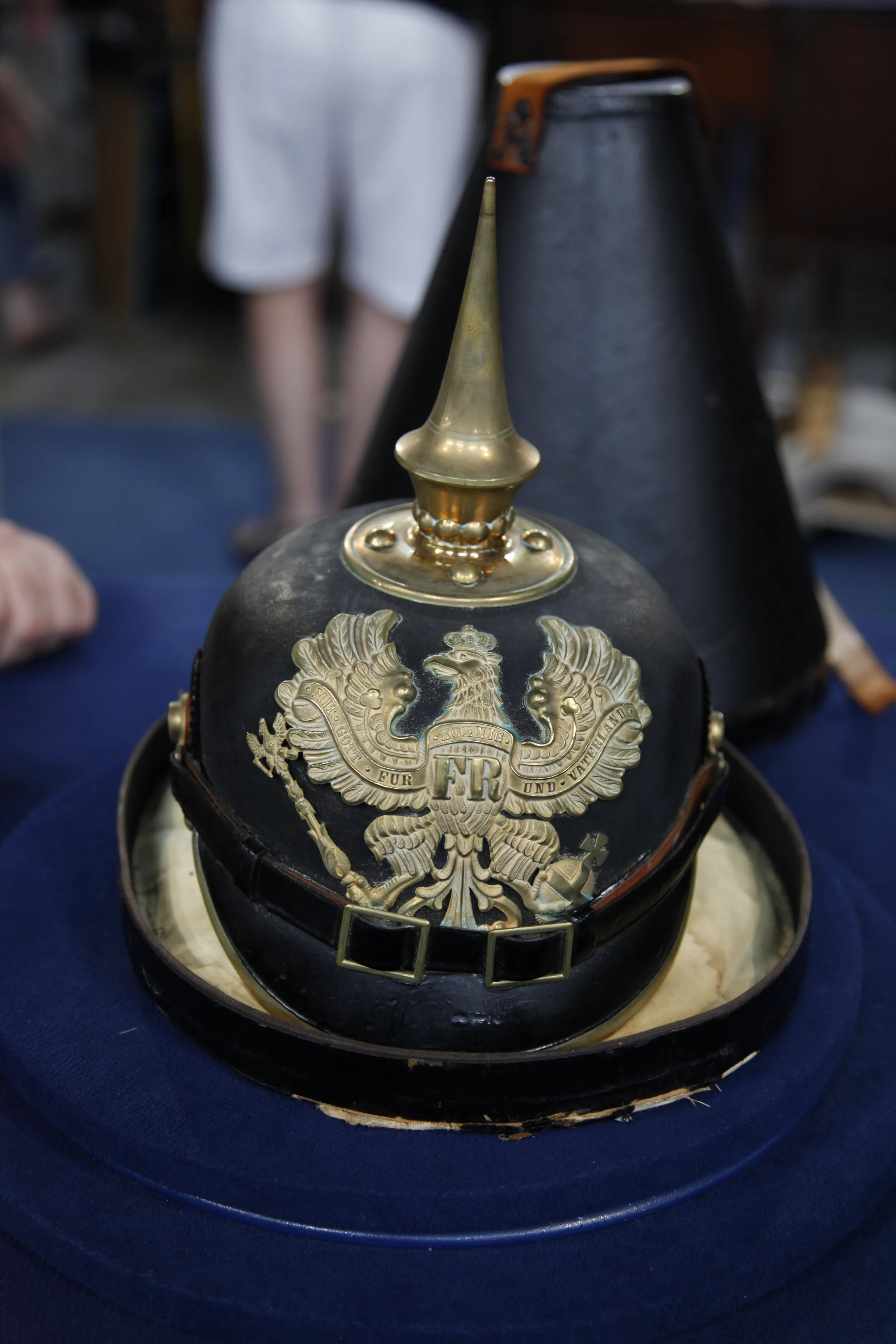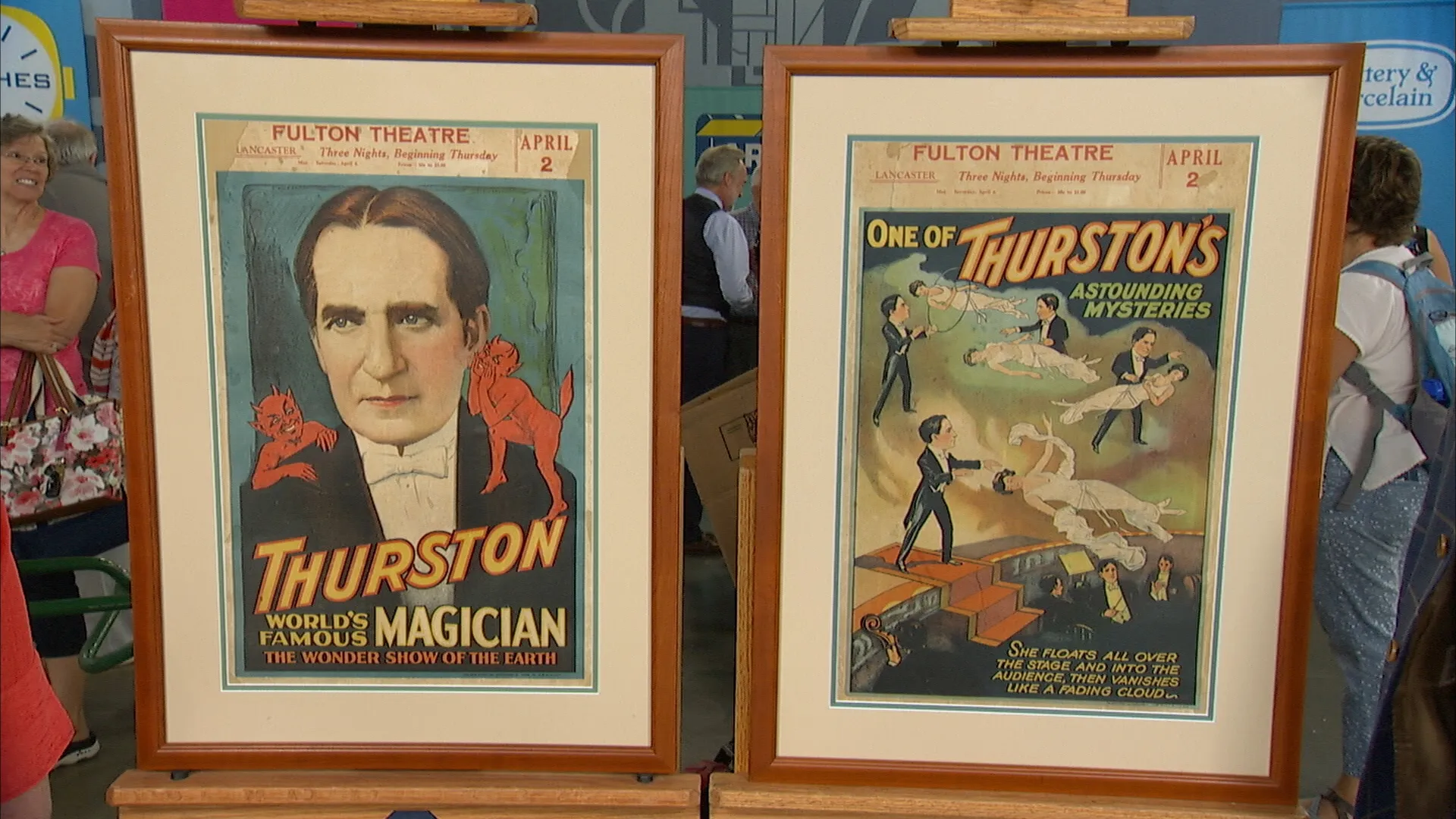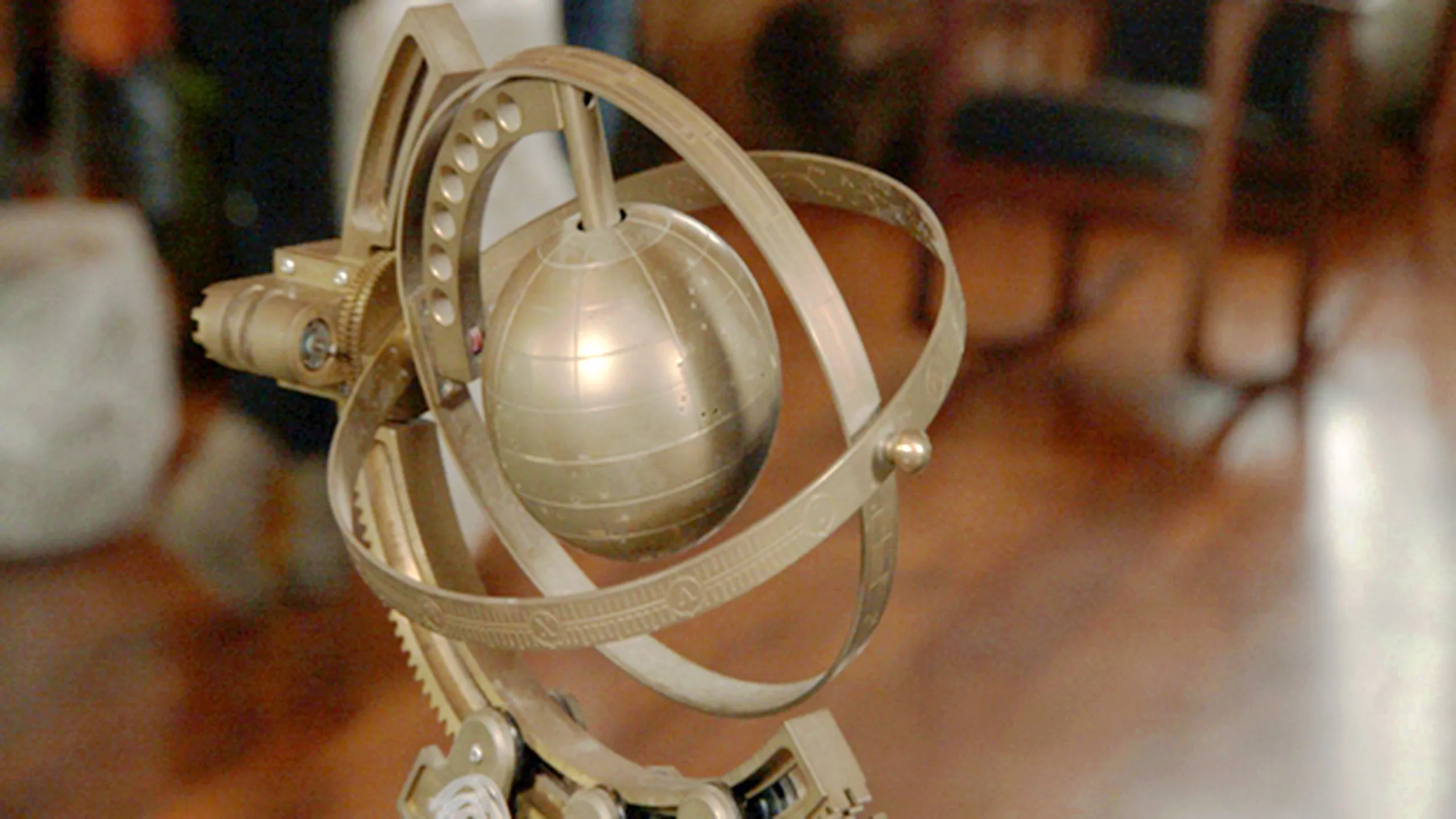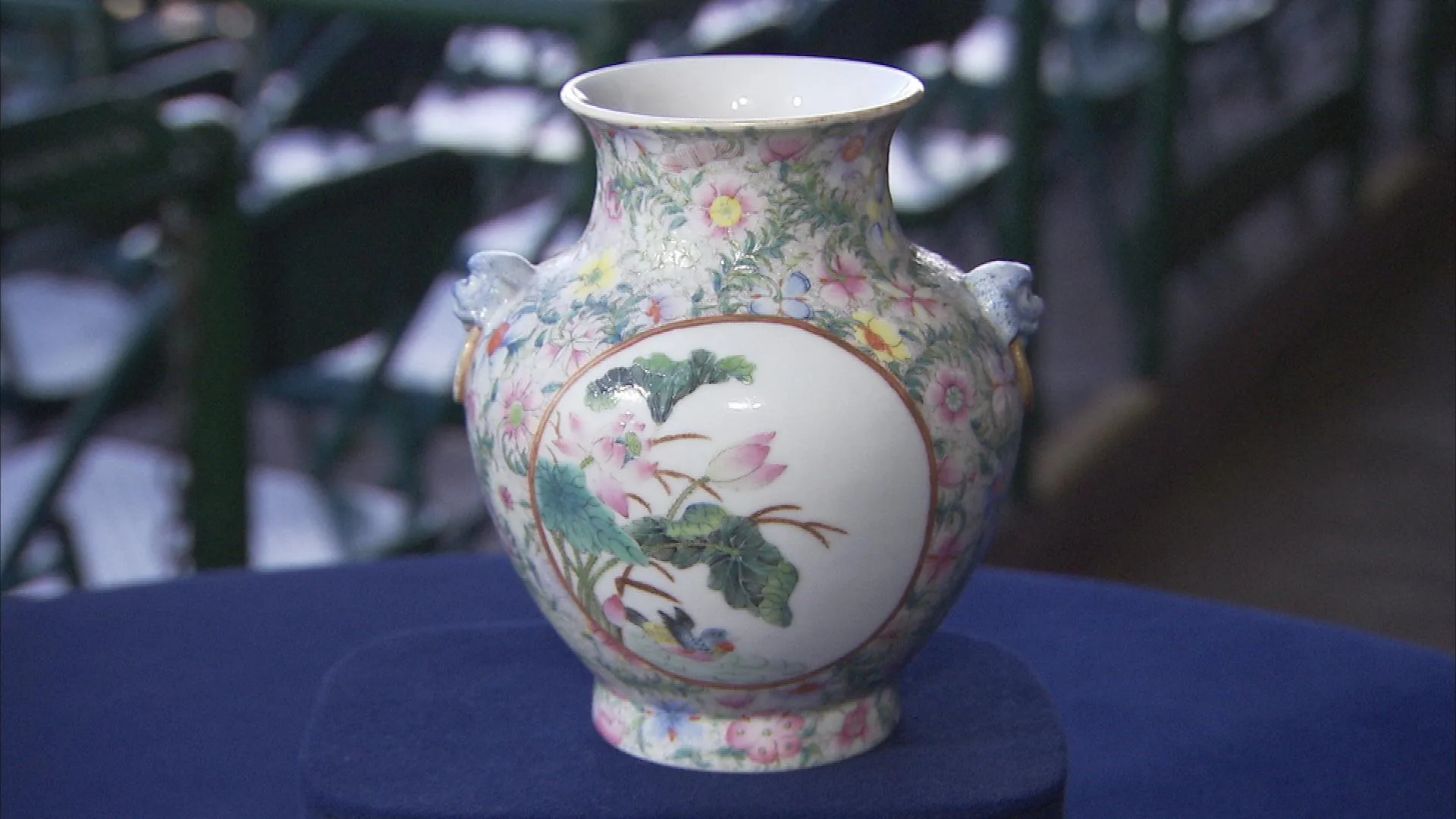GUEST: This is my grandfather Wesley Winkler's helmet. He served in World War I in France in, from, I think, 1918 to 1919, and he was in the Engineers. And this helmet was the helmet that he wore, and he had a friend of his in his unit paint this commemorative at the end of his service over there.
APPRAISER: We were able to do a little research on the gentleman. We found him in... Is it Laverne, Minnesota?
GUEST: Yes, correct.
APPRAISER: Where he was from?
GUEST: Yup.
APPRAISER: There are all kinds of wonderful records that are available today. They're all online, so we're able to see that he went over in June of '18, came back in June of 1919, and was with the, as we see here, the 55th U.S. Engineers.
GUEST: Yes.
-
APPRAISER: They were a standard-gauge- railway construction unit. Primarily, they were involved in creating the rail system that got supplies from the depots to the front lines.
GUEST: Okay.
APPRAISER: How have you been taking care of this? Where did you find it?
GUEST: Well, it was always at my grandfather's house. And when he passed away, my father got it. Then when my father passed away, I--I got it. And it just sits on my bookshelf.
APPRAISER: What appealed to you specifically?
GUEST: Memory of my grandpa and being proud of his, his service. And I know it meant a lot to him. And it certainly meant a lot to my dad. And I know when he passed away, I spoke up right away. "That's the only thing I care about getting," so...
APPRAISER: Well, your taste is excellent.
GUEST: Thank you.
APPRAISER: We've had quite a few World War I painted helmets over the years.
GUEST: Oh , okay.
APPRAISER: To the tune of thousands of them.
GUEST: Really?
APPRAISER: This is the nicest World War I painted helmet that I've ever seen.
GUEST: Oh, sweet.
APPRAISER: What appeals to, to us on this helmet? A lot of them are done simply with a unit insignia, to wear. So that is something that would have been done after the Armistice that they would wear during the Army of Occupation. Some of them that are a little bit more elaborate were done as souvenirs, either over there or on the ship on the way home. This falls into that category, but it is just orders of magnitude better than anything that I've ever had or seen. We have the artwork on the front, which is a combat scene. We've got guys going over the top in the trenches. His name and unit, which is a little unusual to see that on there. No artist's signature-- I'd love to know who the... Did he ever mention to you who the artist was?
GUEST: No, no, I just thought it was somebody in his unit, and I believe it was done on the boat coming back.
APPRAISER: I'm sure there was some sort of a, a transactional basis, whether it's rations or cigarettes, or...
GUEST: I was going to say, probably a pack of smokes or something.
APPRAISER: This one is just, it is absolutely stunning. You see we've got the American flag here, done as kind of a banner front and back. A rising sun, the eagle, the guys going over the top, and the quality of the artwork is far better than what we normally see. When you see a really, really nice one these days, you have to be especially careful, because starting even 20 years ago or so, there were some professionally done helmets that were coming in from overseas, but they're done as commemorative pieces. They're not sold to deceive, but the quality of the artwork is utterly fantastic. I mean, it is premier-level stuff. But those are modern-- they're not original. This we know to be original. Most World War I painted helmets are going to run between $100 and $300. This is a helmet comparing to some of the very nicest ones that I have seen and sold. This is a helmet that I would expect a retail value of $2,000 to $2,500.
GUEST: Wow, wow. He'd be proud.
